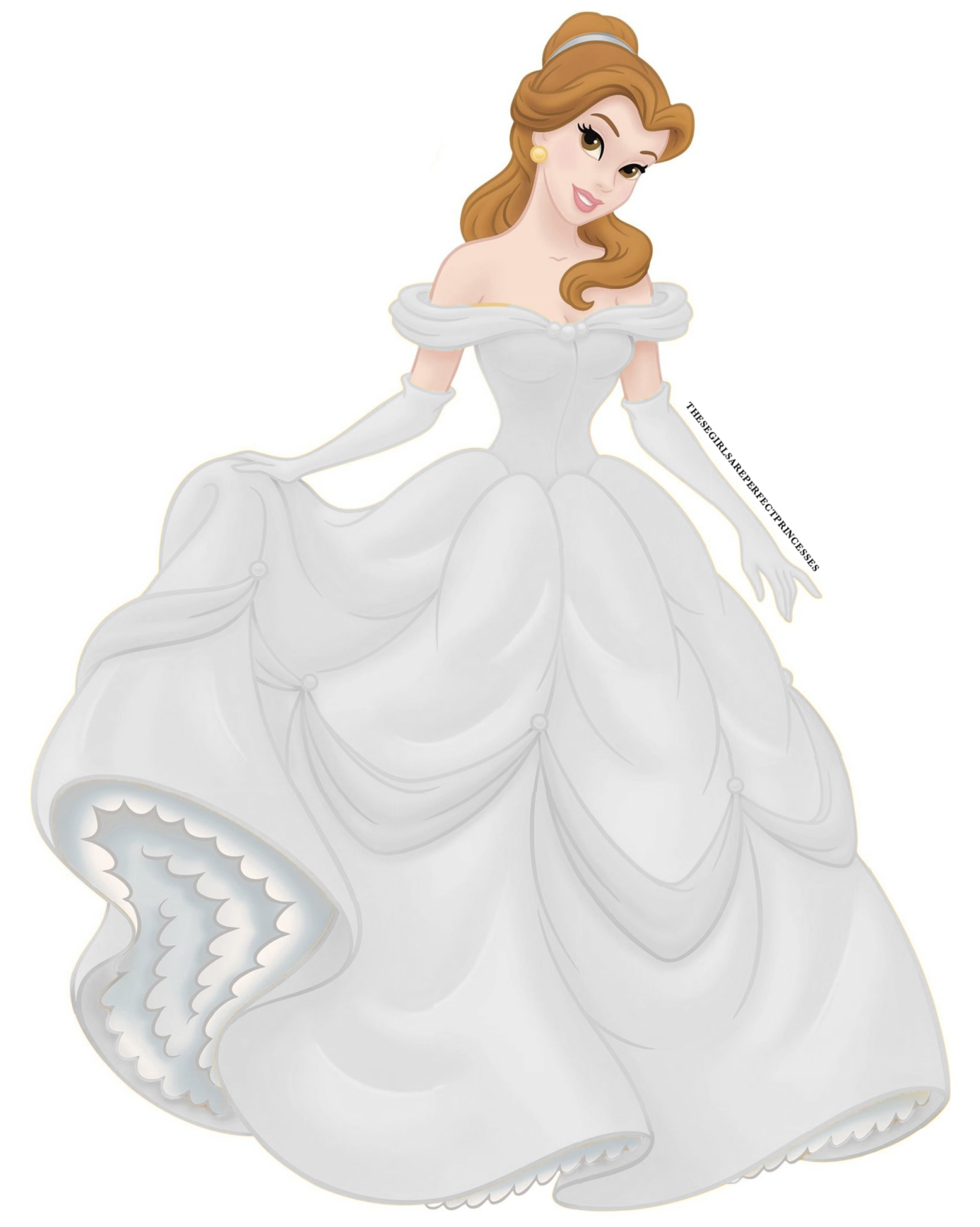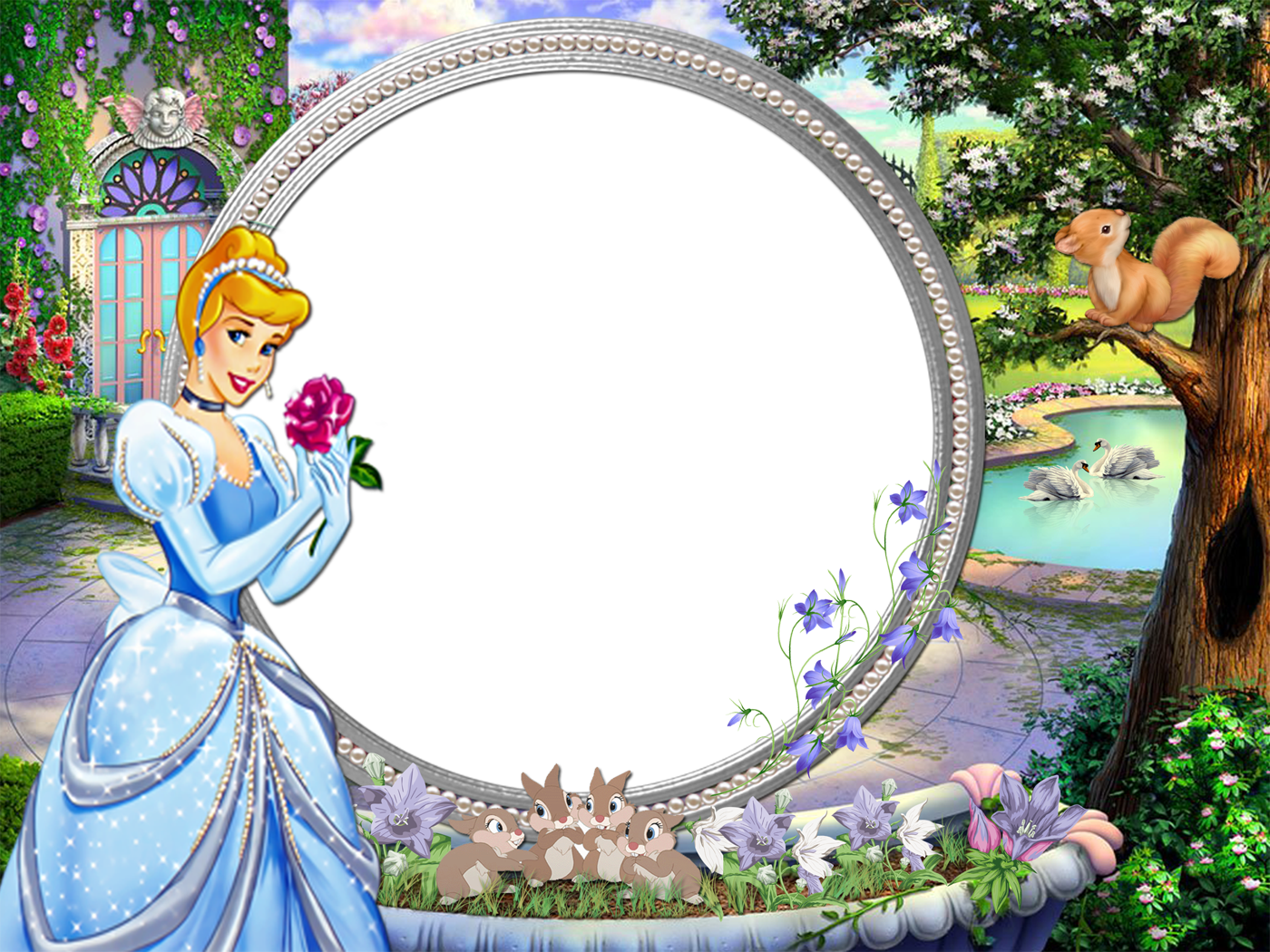

This enables you to define the default settings at any level : song verse, song, songbook, all songbooks, base. VideoPsalm uses the concept of hierarchical style attributes.

To enable the saving made to Bibles, use the VideoPsalm options, in the "Bible" tab, and select "Enable saving changed that you do to Bibles". Note that by default, changes that you make to Bibles are not saved. Select the "Bibles" style level, either by selecting it in the "Text" or "Background" toolbar tab, (top-left), or by clicking the "Bibles" button near the "Songbooks" button.įrom now on, and as long as the style level remains on "Bibles", all style changes that you do will be applied to this "Bibles" style level.Īll Bible verses will then be displayed with these settings (unless more specific settings are applied at a higher level than "Bibles"). Display a Bible verse (anyone will do), so that its text is visible in the preview panel (down-right).Ģ. To set the the text color of all Bible verses:ġ. Most people won't see any difference from their seat.īesides, the most important thing are the lyrics, isn't it? If this is creates a performance problem, reduce the image size, for example to 800 × 600.

Nowadays, cameras produce images with lots of pixels, far more than the number of screen pixels (5 × more, or even more).

This technique allows VideoPsalm to display presentations virtually identically regardless of the ratio of the screen. This occurs when the image does not have the same ratio as the screen. Instead, VideoPsalm will just zoom the image, even if the left / right bands or the top / bottom bands of the picture go off the frame. Indeed, to stretch an image gives a bad disproportionate effect.įor example, stretching a circle creates an oval.Ī stretched skinny person may look overweighted, or the opposite, etc. In particular, in the case where the image ratio does not correspond to that of the screen, VideoPsalm will not stretch the image in length or width to cover the screen. In fact, it is not really necessary to worry about the image size or image ratio because VideoPsalm will display the image so that it covers the entire screen surface, and this without distorting the image. The optimal size for your images is your video-projector pixels.įor example, if your video-projector is 1280 × 800, this will be the optimum size for your images. This is also the behavior that gives the best results when showing lyrics. This means that when the image hasn't the same ratio as the screen, the image will be cut, either its top and bottom, or left and right bands will be out of screen. When displaying song lyrics with an image background, VideoPsalm makes sure that the whole screen surface is covered by the background image. This is the behavior that gives the best results when the presentation is displayed on a wall with a video-projector. In this case, some black bands appear at the left and right or top and bottom, depending on the image size ratio. When displaying slideshow images (images that you add to an agenda as standalone pictures), VideoPsalm makes sure that the image is visible in its entirety. Slideshow pictures (this is currently your case) Result = np.By design, it is not possible to adjust the black color of the bands.ġ. Gray = cv2.cvtColor(bgr, cv2.COLOR_BGR2GRAY)īgr = cv2.cvtColor(gray, cv2.COLOR_GRAY2BGR) Src = cv2.imread('51IgH.png', cv2.IMREAD_UNCHANGED) numpy.dstack allows us to add the alpha channel easily. Since we're in Python, and therefore the image is represented as a numpy array, we can use array indexing to extract the channels we need. Therefore the solution is straightforward: Take the processed grayscale image, convert it back to BGR, add the original alpha channel, and save the result. There's a slight problem - even though PNG format allows to have grayscale with alpha channel, AFAIK there is no way to write such an image with OpenCV. Since your input image already contains an alpha channel, the solution is simple - just reuse the alpha channel. First, let me mention that if you display an image with alpha transparency using cv2.imshow then the transparent areas are going to be black.


 0 kommentar(er)
0 kommentar(er)
